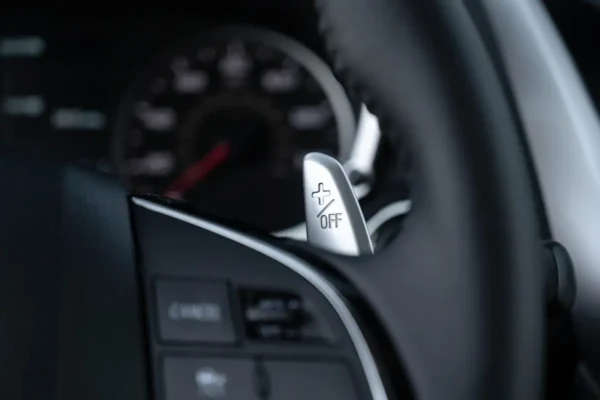What are Paddle Shifters?
Paddle shifters are levers typically located behind the steering wheel of a vehicle, allowing drivers to manually change gears in an automatic transmission. These levers can be found on one or both sides of the steering wheel, and on some models, they may be mounted on the steering column, remaining stationary. When engaged, paddle shifters let drivers pull the levers to optimize gear selection, contributing to a more dynamic driving experience.

How to Use Paddle Shifters?
To utilize paddle shifters effectively, it’s essential to understand their operation. Generally, pulling the left paddle shifts the transmission downward while the right paddle triggers an upward shift—one gear at a time. Some vehicles require the gearshift to be set to manual mode for the paddles to operate, while in others, they function automatically in drive mode. Importantly, modern vehicles are equipped with safeguards; the car‘s computer will prevent a shift that could potentially damage the engine, such as downshifting to a much lower gear at high speeds.
Why Use Paddle Shifters?
Although many drivers may seldom use paddle shifters, they can be advantageous in specific situations. For example, when navigating hilly terrains, selecting a lower gear can improve engine braking and reduce brake wear. Similarly, on slick surfaces, starting in a higher gear can help manage power delivery and prevent wheel spin. Moreover, during overtaking maneuvers, manually shifting gears allows for quicker access to power compared to relying solely on the automatic system. Whether in traditional vehicles or hybrids, paddle shifters provide critical control that enhances driving enjoyment and safety.




